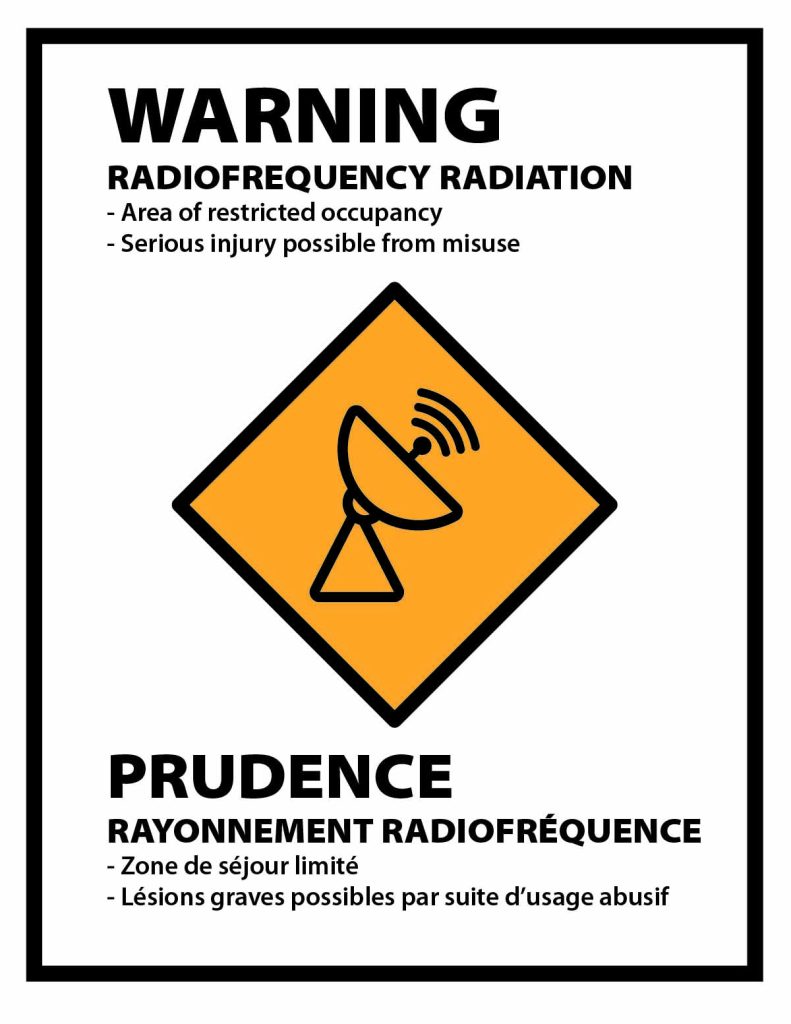Network DriveTesting Services
The continuous advancements in technology have made antenna systems an integral part of our daily lives, facilitating seamless communication and connectivity. However, with the increasing use of these systems, there is a need for strict safety measures to safeguard the public from potential electromagnetic radiation exposure. In this guide, we will explore the importance of Safety Code 6 testing for antenna systems in the field, the significance of regular testing, and why government-mandated compliance is crucial in this rapidly evolving technology industry.
1. Understanding Safety Code 6 and Its Importance:
Safety Code 6 represents a set of guidelines established by the government to regulate human exposure to radiofrequency (RF) electromagnetic fields. It sets safety limits on the amount of RF energy emitted by antenna systems to ensure public safety. Complying with Safety Code 6 is of utmost importance for antenna system operators to ensure that the electromagnetic radiation levels remain within safe limits.
2. Identifying Areas Prone to Exceeding Safety Limits:
Before initiating field testing, it is essential to identify areas where the radiation from antenna systems might exceed the safety limits. Some key factors to consider include:
a. Population Density: Areas with a high concentration of people may require special attention, as a larger number of individuals could potentially be exposed to the radiation emitted by antenna systems.
b. Proximity to Sensitive Locations: Identify areas in close proximity to sensitive locations such as schools, hospitals, residential neighborhoods, or public spaces, where the potential for exposure is higher.
c. Antenna Power and Configuration: The power and configuration of antenna systems can influence the extent of RF exposure. Assess the technical specifications to identify high-risk zones.
d. Seek Expert Advice: Consult with qualified professionals who possess experience in conducting Safety Code 6 testing for antenna systems.
3. Timing and Frequency of Field Testing:
The timing of field testing plays a crucial role in obtaining accurate and representative results. Consider the following:
a. Best Time for Testing: Conduct the testing during typical operating conditions when the antenna systems are transmitting at their maximum power.
b. Frequency of Testing: Regular field testing is essential. It is recommended to perform testing annually or whenever significant changes occur in the antenna system’s configuration or power output.
4. The Importance of Regular Testing:
Regular field testing holds significant importance due to the following reasons:
a. Ensuring Compliance: Regular testing helps antenna system operators ensure compliance with Safety Code 6 guidelines, demonstrating their commitment to public safety.
b. Monitoring Changes: Frequent testing enables operators to monitor any changes in the system’s performance and identify potential issues before they escalate.
c. Protecting Public Health: By adhering to safety limits, operators can safeguard the health and well-being of nearby residents, workers, and visitors.
5. The Role of Government-Mandated Compliance:
In a fast-evolving technology industry, government-mandated compliance is essential for several reasons:
a. Uniform Standards: Mandatory compliance ensures that all operators adhere to the same safety standards, promoting consistency and a level playing field.
b. Instilling Public Trust: Government regulations inspire public trust in the safety of antenna systems and the technology industry as a whole.
c. Enforcement and Deterrence: Regular compliance checks encourage operators to take safety seriously and act as a deterrent against potential negligence.
Prioritizing Safety

Conducting field testing for antenna systems while adhering to Safety Code 6 is paramount to protect the public from potential electromagnetic radiation exposure. By identifying high-risk areas, performing regular testing, and embracing government-mandated compliance, operators can ensure the safe deployment and operation of antenna systems in this rapidly advancing technology landscape. Prioritizing safety will not only build public trust but also contribute to the sustainable growth of the industry.

